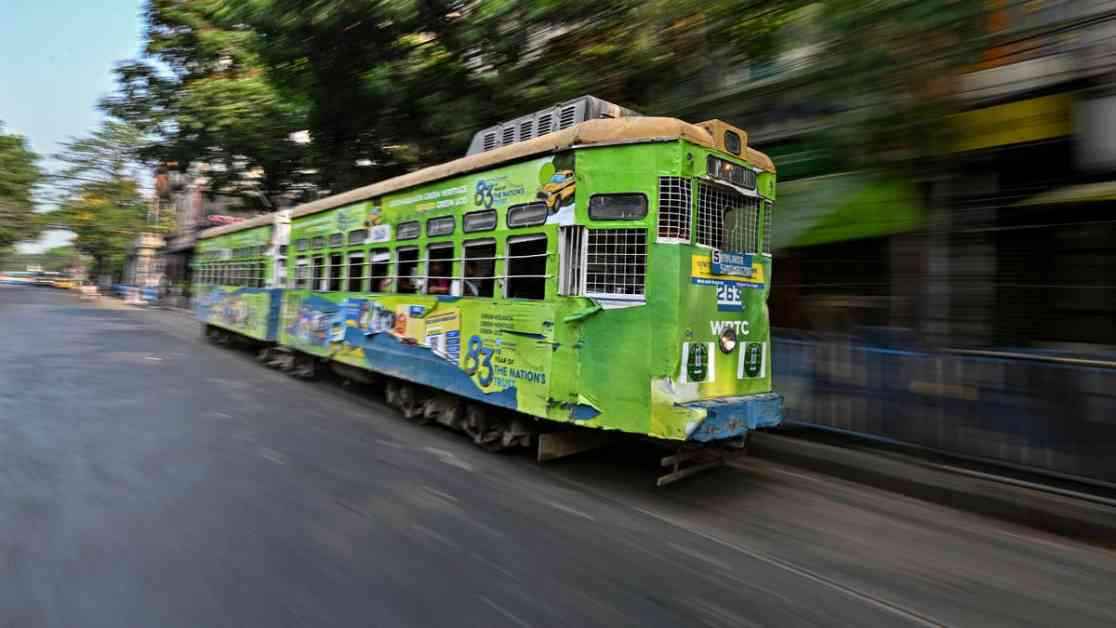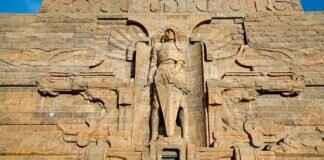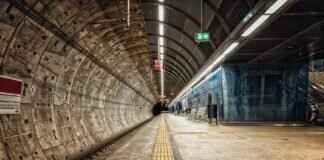Trams in Kolkata: A Nostalgic Whisper on the Move
Once a symbol of rich heritage and a reliable mode of transport for city dwellers, trams in Kolkata now glide along only two routes: Gariahat to Esplanade, and Esplanade to Shyambazar. Dating back to 1873, the city’s extensive tram network has dwindled into a wistful memory, yet continues to roll on, thanks to the unwavering dedication of groups like the Calcutta Tram Users Association (CTUA).
The CTUA recently hosted a Tram Festival from March 28 to 31, a celebration of this iconic form of transportation. The festival showcased heritage tram rides, exhibitions, and dialogues emphasizing trams as not just a quintessential part of Kolkata’s identity, but also a sustainable, eco-friendly solution for urban mobility. “It’s more than just a journey; it’s a piece of history for many and a cleaner future for the city,” shared Surendra Ram, a tram driver with over two decades of experience. “I’ve witnessed countless individuals travel with me over the years: students, professionals, even couples sharing quiet moments – the tram is ingrained in Kolkata’s very essence,” he added.
Amidst the festivities, a specially designed tram adorned with vibrant images of the Bengal tiger and themes from the Sundarbans served as a poignant reminder of the urgent need for eco-conscious transportation to combat climate change. This unique tram quickly became a popular attraction, drawing attention to the environmental impact of current modes of transport.
Despite the cultural significance and environmental benefits of trams, the CTUA voices concerns over the lack of government support in preserving this non-polluting, energy-efficient means of travel. A public interest litigation is currently underway, advocating for the restoration of tram services in Kolkata.
As the city hurtles towards modernization, there is a looming fear that Kolkata may lose its unhurried and elegant mode of public transport. However, for now, the familiar sound of the tram bell continues to echo through the streets, serving as a reminder not only to pedestrians but also to the collective consciousness of the city.
Preserving History: The Fight for Kolkata’s Trams
The gradual decline of Kolkata’s tram network paints a poignant picture of a city in transition. Once bustling with an intricate web of tram routes, the current reality of just two operational lines underscores the challenges faced by this enduring mode of transport. As voices advocating for the preservation of trams grow louder, the debate between progress and heritage intensifies.
Expert insight from urban planners and historians sheds light on the intrinsic value of trams as a cultural artifact and a sustainable urban mobility solution. Dr. Ananya Chatterjee, an urban historian, notes, “Trams are not just a means of getting from point A to B; they are living artifacts that weave together the fabric of Kolkata’s past, present, and future. Preserving them is crucial to maintaining the city’s unique identity.”
A Glimpse into the Past: Riding the Tram Through Time
Stepping onto a Kolkata tram is akin to taking a journey back in time. The creaking sound of wooden seats, the rhythmic sway of the carriage, and the vintage charm of the interiors evoke a sense of nostalgia that transcends generations. For many residents, a tram ride is more than just a mode of transportation; it is a cherished memory, a connection to the city’s rich history.
Personal anecdotes from long-time tram commuters offer a glimpse into the emotional significance of this mode of transport. Mrs. Sen, a retired school teacher, fondly recalls, “I have been riding trams since I was a young girl. Each journey is a tapestry of sights, sounds, and stories that have shaped my love for Kolkata. The tram is not just a vehicle; it is a time machine that transports me to moments long gone.”
As the wheels of progress continue to turn, the fate of Kolkata’s trams hangs in the balance. The echoes of the past resonate through the streets, urging us to preserve the legacy of these iconic chariots of time.














